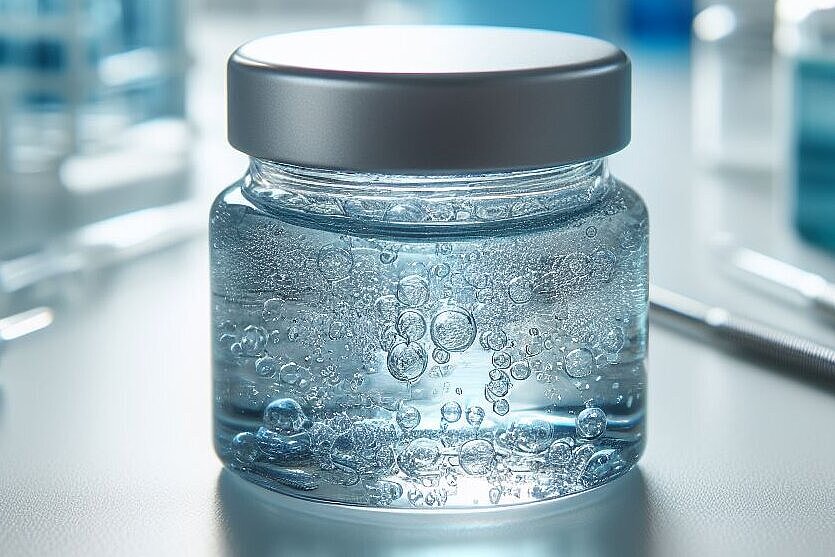Hypromellose

What is hypromellose?
Hypromellose is a synthetic substance made from cellulose. Cellulose is a plant-based substance that is found in cotton or wood, for example. Hypromellose is therefore an artificial product that is obtained from natural raw materials.
Hypromellose has various properties that make it useful for different purposes. For example, it can bind water and thus form gels or solutions. It can also act as a thickener or emulsifier and mix different substances together. It can also influence the release of active ingredients from tablets or capsules.
What are the advantages of hypromellose?
Hypromellose has several advantages that make it interesting for use in dogs. Firstly, it is well tolerated and rarely triggers allergic reactions. Secondly, it can help with various complaints that dogs may have.
Hypromellose is often used to treat dry or irritated eyes. If your dog produces too little tear fluid or it evaporates too quickly, this can lead to symptoms such as redness, itching or pain. Hypromellose can act as an artificial tear fluid and moisturize and protect the eyes. You can give your dog eye drops containing hypromellose, which are available in different concentrations.
Another area of application for hypromellose is the treatment of heart or kidney problems. If your dog suffers from heart failure or chronic kidney failure, this can lead to increased blood pressure or fluid retention in the body. Hypromellose can act as an ingredient in tablets that lower blood pressure or promote fluid elimination. You can give your dog tablets containing hypromellose and other active ingredients, which are available in different dosages.
What are the disadvantages of hypromellose?
Hypromellose also has some disadvantages that you should be aware of before using it on your dog. For one thing, it cannot be used on all dogs. Secondly, it can have side effects or interact with other medications.
An important disadvantage of hypromellose is that it is not suitable for all dogs. For example, if your dog has a vasoconstriction in the heart or severe kidney dysfunction, you should not give him tablets containing hypromellose. For example, if your dog has a hypersensitivity to hypromellose or any other ingredient, you should not give him eye drops containing hypromellose.
Another disadvantage of hypromellose is that it can have side effects or interact with other medications.
Hypromellose is a synthetic substance made from cellulose that can bind water and fulfill various functions such as thickening or emulsification. In dogs, hypromellose is often used to treat dry eyes or heart and kidney problems. It can be well tolerated but should be used with caution as it is not suitable for all dogs and may have side effects or interactions with other medications.
Properties 3
Are you looking for other ingredients with a specific property?
Just click on them to find more.
If you notice any signs of hypersensitivity or poisoning in your dog, you should see your vet immediately. We are not a substitute for a vet, but we try to be as accurate as possible. Every dog reacts differently and we recommend you get a second opinion or consult your vet if in doubt.
Stay healthy and take good care of your four-legged friend!😊
Similar to Hypromellose
CMC is a derivative of cellulose, a plant substance consisting of sugar. CMC is formed when cellulose is treated with caustic soda and chloroacetic acid. Some of the hydroxyl groups of the cellulose...
An insight into the chemistry Methylcellulose is a chemically modified derivative of cellulose, the main component of plant cell walls. Treating cellulose with methyl chloride produces a...
Gelatine is a protein that is obtained by boiling animal skins, bones or tendons. The collagen is broken down into smaller molecules, which dissolve in water and solidify into a gel-like state when...
Alginic acid is a carbohydrate that occurs in the cell walls of brown algae. It has a gel-forming effect and is therefore approved as a food and feed additive under the number E 400. Alginic acid is...



